10 October
Photorealistic Images as an Alternative to Product Photography
3D
Business
Design
min. read
Product presentation is one of the critical factors responsible for conversion. In the era of significant growth in E-commerce, alternatives to product photography, such as 3D visualizations, are improving. In this article, we will describe why photorealistic images are an excellent alternative to photography and in which cases they are even essential for the business.
Product photography VS Computer Generated Images (CGI)
Considering aspects of creating photos of products, we should highlight the techniques used to achieve the company’s goals. In the simplest terms, product photography aims to show things in the best possible light, attractive to the buyer while preserving the product’s physical characteristics.
We can divide product photography into two types of techniques:
- Packshots
These photos of the product precisely capture its design with no fancy additives. The photographer often places the product on a plain background so the potential customer can focus on its features without being distracted by other elements.
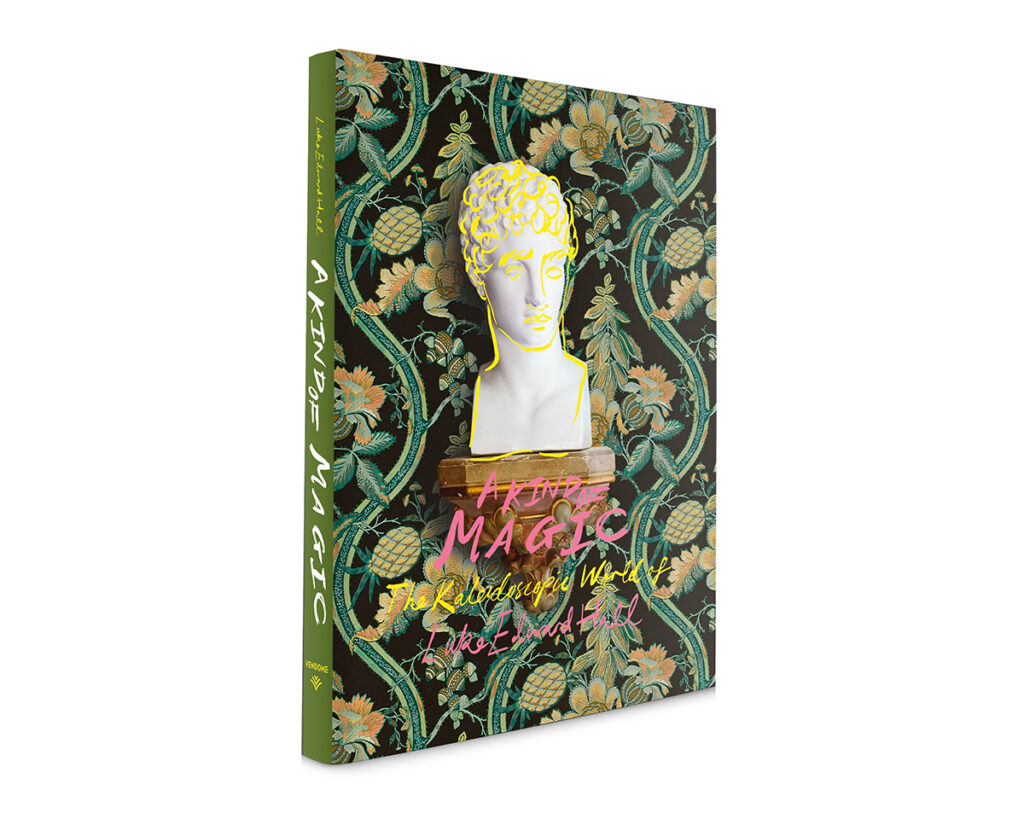
- Arranged shots
In this case, the product is presented in a carefully selected and composed environment. These can be background elements, surroundings, and other products that help show the item in its natural use or in a way that brings out its advantages and refers to the associations with the product.

Let’s then skip into a statement regarding photorealistic images, saying that the art of creating them is simply a mix of mathematics, computer science, and programming. Essentially, CGI product photography uses computer-generated images to develop realistic representations of products that can be used in advertisements, marketing campaigns and online stores. So why are they desirable when they serve the same function as product photos?
Advantages of using photorealistic images
With CGI, products can be presented in even more realistic settings that showcase their features and qualities in a way that traditional photography wouldn’t necessarily be able to (or if it were – it would follow at a much higher cost).
Another thing is that to create a computer-generated photo, the only elements needed are sketches, designs, or just casual pictures taken unprofessionally. On the other hand, to perform product photography, you need to have a specific space, prepare the product and its arrangement along with the creation of the background, set the lighting and all the manual parameters in the camera, and take care of post-production after the shooting.
Below, you can see some steps of the process of creating photorealistic images for the real estate © Prographers
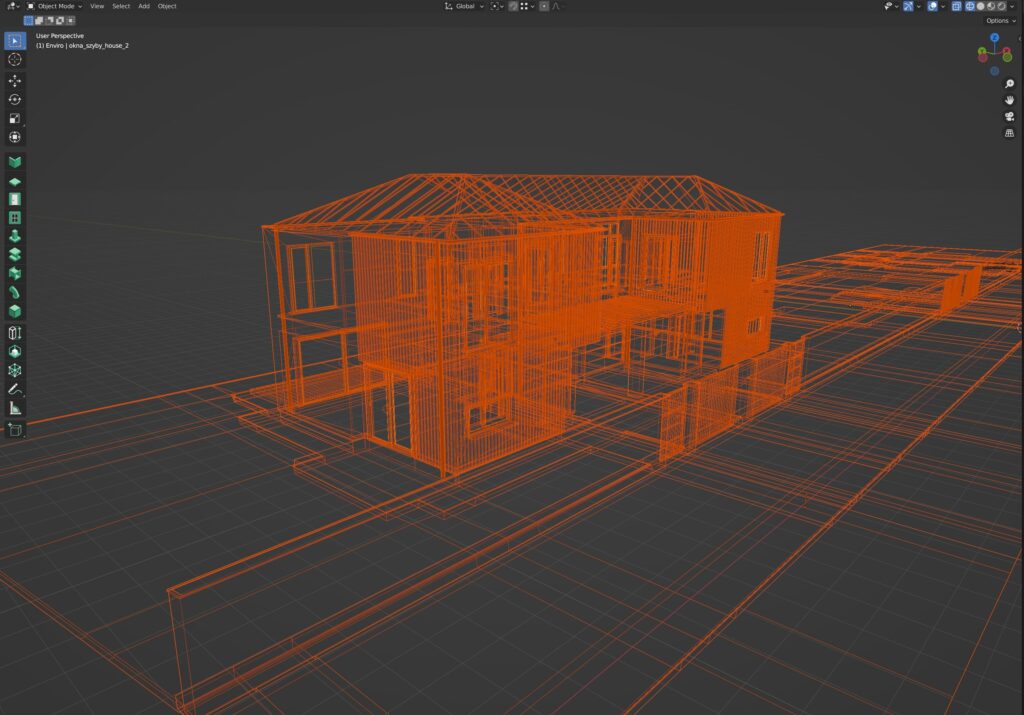
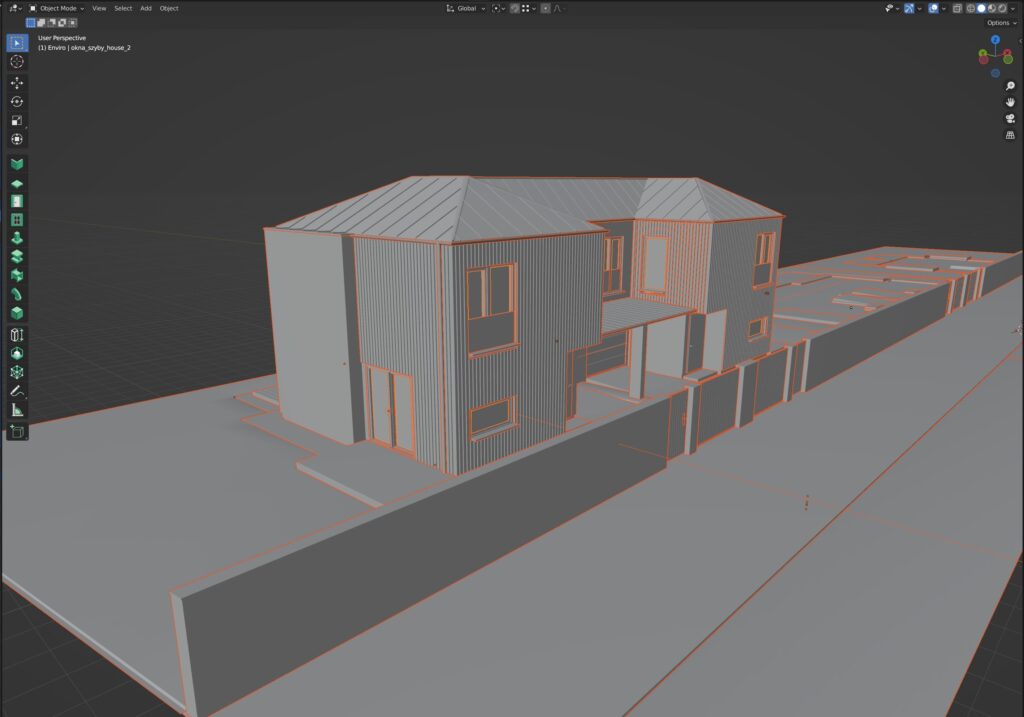

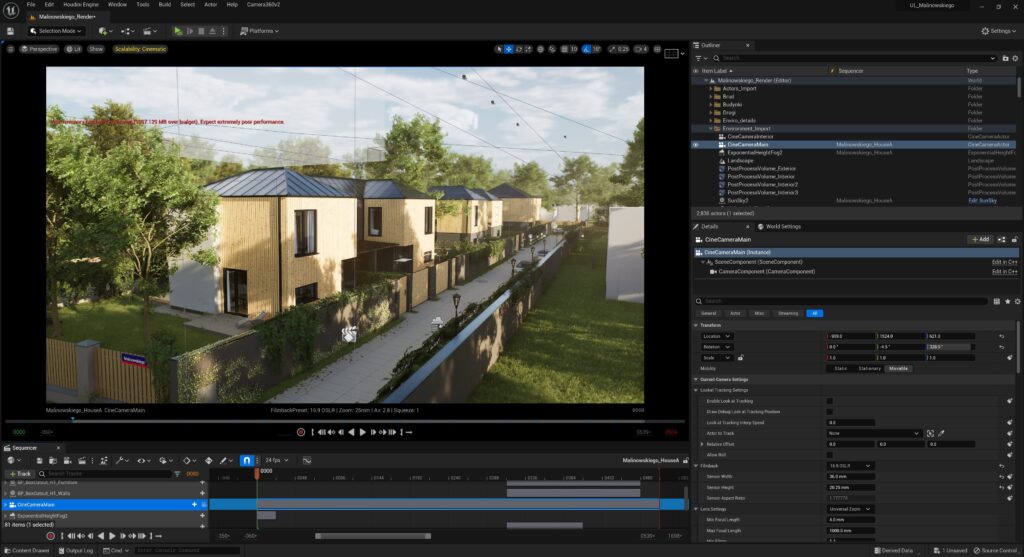
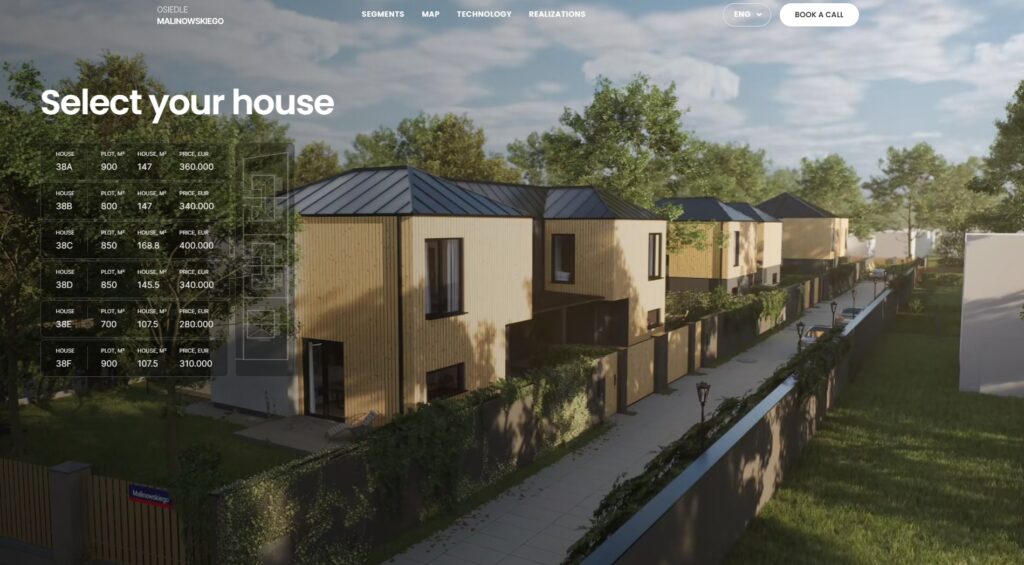
At this point, it is worth discussing two essential concepts, which are 3D modeling and 3D rendering.
3D modeling refers to the process of creating a three-dimensional representation of an item using various computer programs. Created 3D models can be seen from many angles, and once you have it prepared, you can use it for 360° tours, animations, and configurators.
3D rendering generates a lifelike image from a three-dimensional model that can be seen on a computer screen.
Also, 3D modeling and rendering may be used in product photography to prepare realistic images of products that do not yet exist. The company developing a new product doesn’t have an option to photograph it. Still, a 3D model of the development can be created and used to generate realistic CGI renderings.
The next thing is generating images of products that can be difficult to capture via a camera. The item can be small or fragile, so it’s easier to photograph a 3D render than the product itself.
Why are CGI images a cost-effective solution for business?
There are reasons why it is safe to say that using CGI solutions saves costs. Among them, we can mention:
- No need for a physical setting
Creating expensive and detailed sets for product shoots in the case of product photography is an element that does not occur with CGI, so it represents a considerable saving. All environments are created digitally, so the cost of creating virtual sets is only part of renting an actual location and setting it up. In addition, virtual sets can be used repeatedly in the context of different product categories, as the possibilities for their modification are amazing. In the case of photography, one can sometimes expect exorbitant reorganization costs, which is, of course, natural.
- Manipulating options
Customers often need a contextual reference for specific products; visualizations of given items at home or in certain conditions help imagine them at a place and decide if they will suit them. Photorealistic images using software can depict the same product in multiple configurations and settings depending on the target audience.
- Shipment and storage costs
Since no physical product is needed to create visual content using CGI, the cost of shipping or storing and caring for the product is nonexistent, and the risk of damage to the product is also lost.
- Prevents multiplication of effort regarding the presentation of the product in variants
Variants of the same product are not uncommon, so with CGI, the artist can easily modify product details such as textures, colors, or many other elements. The effort required to get the same variants of the visualization physically is therefore huge in such a setup.
Quality comparison
Photorealistic images are high-quality visuals. By controlling all parameters virtually with clicks and the freedom of creative invention, the result is of excellent quality. For physical shots that require outdoor work, many factors contribute to the quality of the images, including, of course, the weather. Many of them, including the mentioned weather, can be modified in CGI – changing lighting and so on.
Quality is also about the standardization of content. In this case, the CGI product photography developer uses specific templates created initially with the manufacturer’s guidelines in mind. As a result, images published in different channels look consistent in aesthetics since they were all created using the same components.
Important to add – it’s also easy to fine-tune. Adjusting and retuning computer-generated product images ensures their sharpness because, unlike traditional photography, there are no limitations when editing or the need to repeat pictures, so it’s more secure.
Photography or virtual reality images – what to choose depending on your needs?
We have listed many differences between the two technologies. Choosing the best way for your company is considering a few aspects.
One of them can be a volume of products. CGI allows for quick modification of variants of products, so obviously, if you have many possibilities regarding product versions, this will be an excellent reason to choose virtual reality images. With the preparation of hundreds or thousands of prints with photorealistic images, you can be sure that factors such as color, composition, perspective, and light are consistent using the same settings and templates. With product photography, of course, this is also possible but more challenging to achieve and requires significantly more post-production time.
Another thing is the financial aspect. It is worth noting that the investment in 3D modeling is more costly for the company at the beginning of the cooperation. Still, in the long run, 3D visualizations lead to savings, as they do not require taking separate photos of each product later or arranging new scenes for the shoot.
It would also be good to mention execution time. In this context, 3D modeling is much faster than photographing products, so it’s worth considering if you want to complete it in a shorter time frame. Bypassing the logistical process of arranging and photographing a product means that specific preparations are unnecessary. Concrete technical data is the only element necessary to proceed with the virtual image. In addition, a 3D specialist can work on the visualization anywhere and anytime.
Conclusions
Thanks to CGI, many companies have the opportunity to gain a competitive edge by drawing customers’ attention to more attractive representations of the products themselves. Which branches can benefit the most? There is no point in listing in the sea of them. Still, if the arguments above convince you that photorealistic product images for your business can benefit you, it will be worth investing in this solution.
Photorealistic images excel in expectation management, providing customers with an accurate product view and assisting them in making confident purchase decisions. This, in turn, decreases the product return rate for online sellers and marketers and also improves conversion, which many companies confirm.
Let's talk
I agree that my data in this form will be sent to [email protected] and will be read by human beings. We will answer you as soon as possible. If you sent this form by mistake or want to remove your data, you can let us know by sending an email to [email protected]. We will never send you any spam or share your data with third parties.
I agree that my data in this form will be sent to [email protected] and will be read by human beings. We will answer you as soon as possible. If you sent this form by mistake or want to remove your data, you can let us know by sending an email to [email protected]. We will never send you any spam or share your data with third parties.